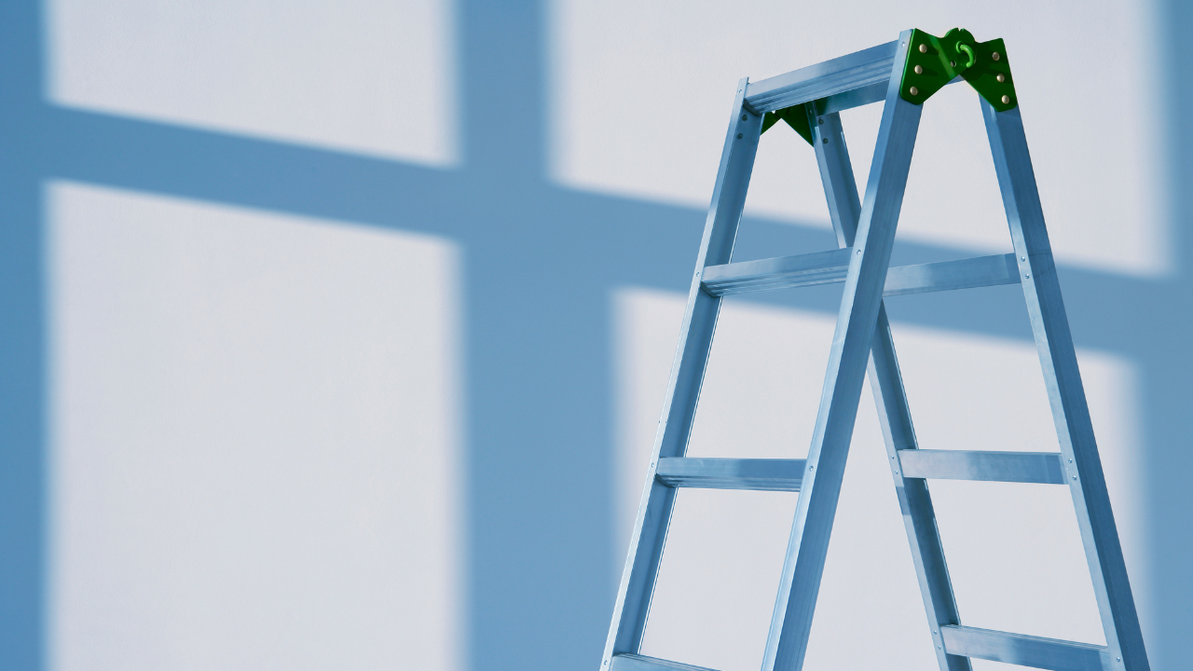How to Properly Maintain Your Ladder for Long-Term Safety
A ladder is an essential tool for both professional contractors and DIY enthusiasts alike. However, like any tool, a ladder requires proper maintenance to remain safe and functional over time. Regular cleaning, careful storage, and routine inspections can go a long way toward ensuring your ladder’s longevity and, more importantly, your safety. Here’s a guide to keeping your ladder in top condition.
Tips for Maintaining Your Ladder
1. Clean Your Ladder Regularly
Dirt, grease, paint, and other residues can quickly accumulate on ladders, especially if they’re used on construction sites or for painting projects. Cleaning your ladder regularly not only helps it look better but also prevents slips and ensures that all parts work properly.
- How to Clean: Use a mild detergent with warm water and a non-abrasive cloth or brush to scrub off any dirt and debris. For greasy or sticky substances, use a degreaser spray and rinse thoroughly.
- Focus Areas: Pay particular attention to the rungs, hinges, and rails where dirt can collect and cause parts to stick or become slippery.
- Avoid Harsh Chemicals: Strong chemicals can corrode metal ladders or damage fiberglass finishes. Stick with mild soaps and water when possible.
2. Store Your Ladder Correctly
Storing your ladder properly is crucial to prevent unnecessary wear and tear and to protect it from the elements. Compact ladders like stepladders are easier to store and can be hung horizontally to prevent damage.
- Choose a Dry Location: If possible, store your ladder indoors or under a protective cover. Exposure to rain, snow, and UV rays can degrade ladder materials, especially wood and fiberglass.
- Hang It if You Can: Hanging your ladder horizontally on a wall rack helps prevent it from warping or getting damaged by ground moisture.
- Secure It: If you must store your ladder outdoors, secure it upright in a way that it won’t fall over or get knocked down, which could lead to structural damage.
3. Inspect for Wear and Tear
Regular inspections are critical to identifying issues before they become hazardous. Take a few minutes to check your ladder every time you use it and more thoroughly on a monthly or seasonal basis.
- Check the Rungs and Rails: Look for cracks, bends, or dents in both rungs and side rails. Any visible damage in these areas could compromise the ladder's strength and stability.
- Inspect Hinges and Locks: For extension or folding ladders, make sure all locks and hinges are in working order. Worn or loose mechanisms can lead to collapses or slips.
- Test Feet and Stabilizers: The feet and stabilizers should be firmly attached and made of non-slip material. If the feet are worn down, replace them to ensure your ladder stays in place during use.
4. Lubricate Moving Parts
For ladders with moving parts, like extension ladders or multi-position ladders, applying lubrication can keep everything working smoothly.
- Choose the Right Lubricant: Use a silicone spray or other non-greasy lubricant on hinges, pulleys, and locks. Avoid oily substances that can attract dirt or make parts slippery.
- Apply Sparingly: A small amount is usually enough to keep parts moving freely without the risk of buildup or dripping onto surfaces below.
5. Know When to Replace Your Ladder
Even with the best maintenance, ladders don’t last forever. Recognizing when it’s time to retire your ladder can prevent serious accidents.
- Signs It’s Time to Replace: If your ladder has any structural damage that can’t be repaired, like severe cracks, large dents, or unstable legs, it’s best to replace it.
- Manufacturer Guidelines: Check the manufacturer’s instructions regarding the ladder's lifespan and recommended usage hours. Some materials, like fiberglass, may degrade faster than others, particularly when exposed to sunlight. Specialty ladders designed for unique tasks may have specific maintenance requirements, so consult the manufacturer’s guidelines.
Final Thoughts
A well-maintained ladder is a safe ladder. By following these maintenance tips, you’ll keep your ladder in good condition, extend its life, and ensure a safer work environment. Whether you’re tackling a simple home improvement project or working on a job site, these steps will help you use your ladder with confidence and safety for years to come.
Recent Posts
-
Introduction to Scaffolding in Masonry: What It Is and Why It Matters
In the world of masonry, getting things just right is key. Whether you're putting up a stunning bric …Nov 24th 2025 -
DIY Masonry Projects: When and How to Use Scaffolding
If you’re a homeowner tackling your own masonry repairs or small installations, you already know tha …Nov 24th 2025 -
Building a Mobile Workstation with Rolling Towers
In fast-paced construction environments, efficiency is everything. Workers need access, mobility, an …Nov 17th 2025




